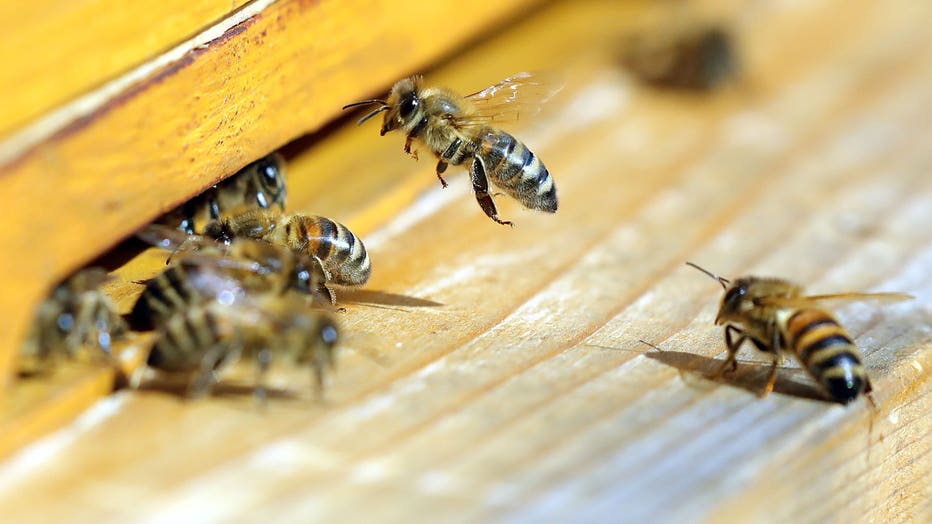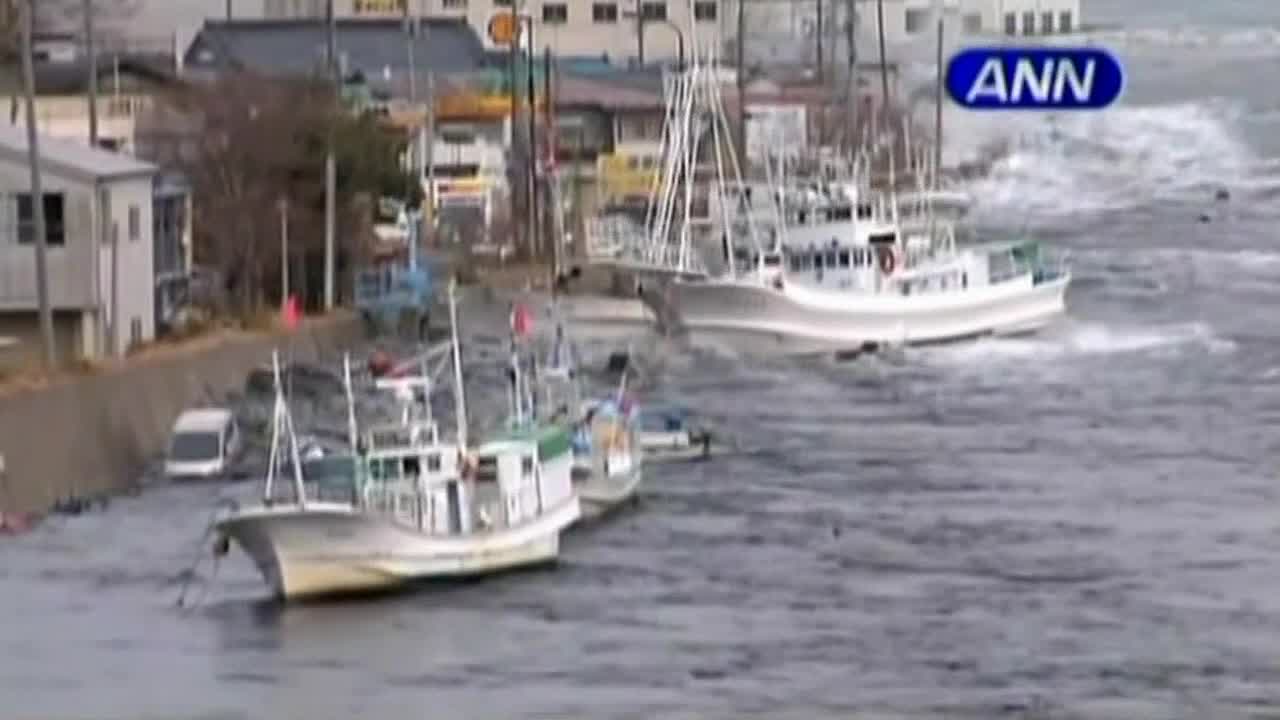American honey is radioactive from nuclear bomb test in the 1950s, researchers say
LOS ANGELES - Scientists are finding traces of radioactive fallout from atomic bomb testing during the 1950s and 1960s in honey produced in the United States today.
According to a study published on March 29 in the scientific journal "Nature Communications," researchers found evidence of a radioactive isotope, cesium-137, in honey produced in the United States.
While many atomic tests occurred in western parts of the country like New Mexico and Nevada, much of the contaminated honey has been identified in the eastern U.S.
Study authors wrote that while most radiation produced by a nuclear or atomic detonation decays within several days, the longest living product of this explosion, cesium-137, has a radioactive half-life of more than 30 years.
Radioactive isotopes are made up of unstable atomic matter which decay over a long period of time depending on the element. As they decay, they spontaneously emit radiation until they eventually reach a point of stability.
Researchers explained that the specific radioactive isotope found in honey is a remnant from the uranium that is part of the atomic or nuclear explosion.
While these isotopes may be present in your honey, mixed in with your tea, or potentially spread on delicious toast, researchers say it’s not enough to pose any health risks.
"I eat more honey now than I did when I started this project," said Jim Kaste, the lead author on the study, in a press release. "I feed my kids honey. I’m not trying to tell people they shouldn’t eat honey."
Study authors say they don’t intend to induce fear in honey-lovers but rather shed light on the lasting impacts of nuclear and atomic weapons.
"Honey is a useful indicator of atmospherically deposited contaminants and identifying modern pollution ‘hot spots,'" the study says.
The radioactive isotope that researchers identified in honey was absorbed through the soil into the plants, and those plants were eventually pollinated by bees who then produce honey.
Hundreds of atomic tests occurred in the U.S. during a the height of the Cold War between the United States and the former Soviet Union.
Kaste says the fallout from the test bombs produced unintended, yet disturbing, consequences.
Last month, U.S. Rep. Greg Stanton of Arizona testified during a congressional subcommittee hearing that residents at the time of those tests marveled at the massive orange mushroom clouds billowing in the distance, not knowing the horror that awaited them.
"They had no idea. They were never told that they were being exposed to dangerous cancer-causing radiation," Stanton said. "As a direct result of the radiation exposure from these tests, thousands of Arizonans have suffered from cancer, entire families have suffered from cancer and far too many have died."
Lawmakers from several Western states, advocacy groups and residents have been urging Congress to expand a payout program for years, and advocates say the latest push takes on added weight because the Radiation Exposure Compensation Act is set to expire next year. Last month's congressional hearing was the first on the issue since 2018, advocates said.

Honey bees fly to their beehive on April 8, 2019 in Berlin. (Photo by Wolfgang Kumm / dpa / AFP)
In New Mexico, about 40,000 people lived within a 50-mile radius of a military range where the world’s first atomic bomb was detonated as part of World War II’s top-secret Manhattan Project, said Tina Cordova, co-founder of the Tularosa Basin Downwinders Consortium.
The advocacy group has been trying for years to bring awareness to the lingering effects of nuclear fallout surrounding the Trinity Site. She told the committee that the bomb, being the first, was inefficient and sent a fireball of plutonium into the atmosphere.
"For days, radioactive ash fell from the sky and settled on everything — the soil, in the water, in the air, on the plants and on the skin of every living thing. It was a public health disaster of grand proportions," Cordova testified.
The rural residents who lived off the land were never told about the test or warned about the potential dangers, she said.
Navajo Nation President Jonathan Nez testified about the environmental and health effects of decades of uranium mining on tribal land. He said more than 30 million tons of ore were extracted from Navajo lands to support U.S. nuclear activities, with many Navajos working in the mines without knowledge of the dangers.
"There was a period in which we tested hundreds of nuclear weapons in the atmosphere," Kaste said.
The first-ever treaty to ban nuclear weapons entered into force on Jan. 22 and was hailed as a historic step to rid the world of its deadliest weapons but strongly opposed by the world’s nuclear-armed nations.
The Treaty on the Prohibition of Nuclear Weapons is now part of international law, culminating a decades-long campaign aimed at preventing a repetition of the U.S. atomic bombings of Hiroshima and Nagasaki at the end of World War II. But getting all nations to ratify the treaty requiring them to never own such weapons seems daunting, if not impossible, in the current global climate.
The treaty was first ratified by the U.N. General Assembly in July 2017, more than 120 nations approved it.
The treaty requires that all ratifying countries "never under any circumstances... develop, test, produce, manufacture, otherwise acquire, possess or stockpile nuclear weapons or other nuclear explosive devices." It also bans any transfer or use of nuclear weapons or nuclear explosive devices — and the threat to use such weapons — and requires parties to promote the treaty to other countries.
The researchers who first identified the radioactive honey say "the negative consequences of global nuclear fallout to human health are just recently coming into focus, but the long-term biogeochemical fate and ecological consequences of radioactive pollution from weapons tests in ecosystems outside the immediate vicinity of test sites is uncertain."
The Associated Press contributed to this story.



